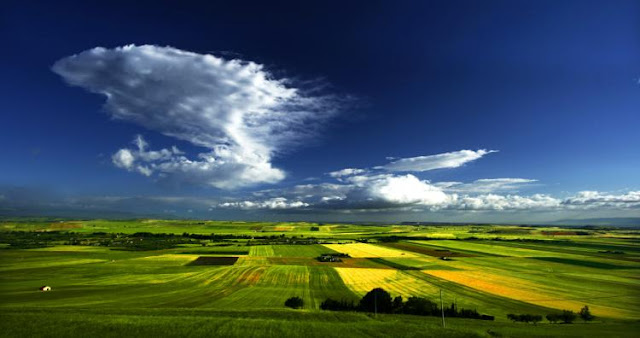During the 4th millennium BC, the Uralic-speaking peoples who were living in the central and southern regions of the Ural Mountains of western Asia began migrating south and westward. Hundreds of years later their descendants arrived in the area that today is known as Hungary and these people became known as the Magyars. In Hungary today, the people think of themselves and their language with pride as Magyar.

The Steppe or Hungarian Great Plains
Over the centuries the Magyars have assimilated the culture of the many ethnicities with whom they have interacted in all directions from their borders. But still today there is much of Hungarian (or Magyar) culture that reflects their Uralic heritage and the traditions of the Asian Steppe.
During April and May 2018, we will be traveling in central and eastern Hungary in the western portion of the Steppe, locally known as the Great Hungarian Plain. Hungary today is a study in contrast between the sophisticated, clasical, historical city of Budapest with the latest technology and architecture -
- to the agricultural and pastoral life of the Great Hungarian Plain which still has a horse culture and shepherds grazing their flocks.










